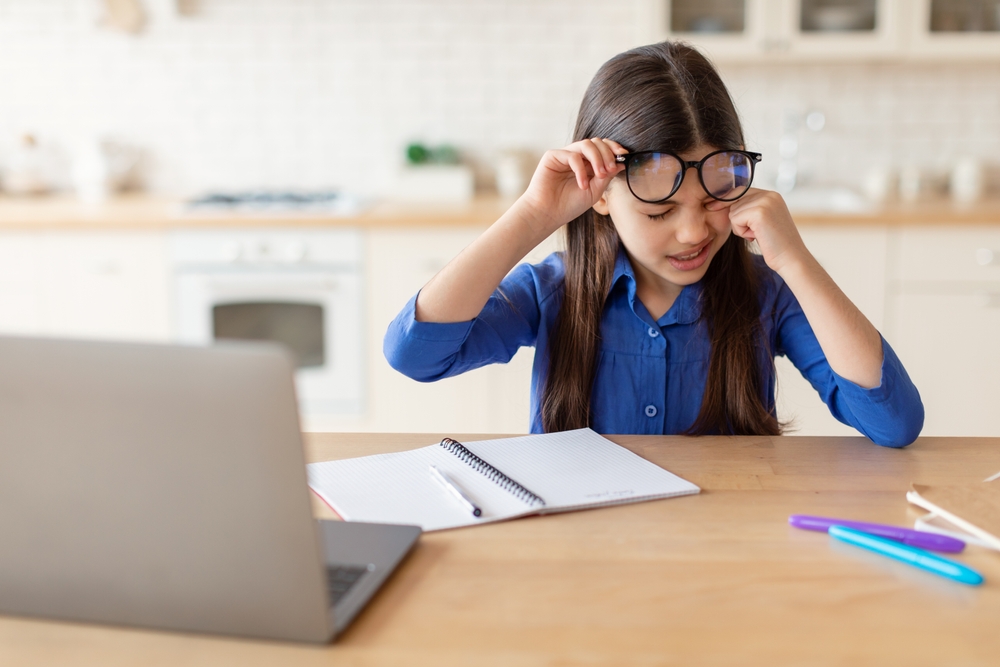
Clear eyesight plays a vital role in your child’s ability to learn, develop social skills, and explore the world around them. In fact, studies show that up to 80% of classroom learning is visual, meaning that even minor vision problems can impact your child’s academic performance and confidence. Understanding the most common eye conditions in children and the importance of regular pediatric eye exams can help ensure your child’s eyes stay healthy as they grow.
The Link Between Vision and Learning
Good vision is directly connected to your child’s ability to learn and succeed in school. Tasks such as reading, writing, and recognizing shapes or letters all rely heavily on healthy eyesight.
When children experience vision issues, they may struggle to maintain focus on reading or schoolwork, follow words on a page, or participate in activities like catching or hitting balls in sports. They may also have difficulty recognizing faces or seeing objects at a distance.
Children can experience a variety of eye conditions, some of which can affect their long-term visual development if left untreated. Here are the most common conditions parents should be aware of.
Refractive Errors
Refractive errors are one of the most common vision problems in children. They occur when light entering the eye doesn’t focus properly on the retina, resulting in blurry vision. Nearsightedness, or myopia, makes distant objects appear blurry, while farsightedness, or hyperopia, makes close-up tasks like reading more challenging. Astigmatism can cause vision to appear distorted or blurred at all distances.
Amblyopia (Lazy Eye)
Amblyopia, often referred to as “lazy eye,” develops when one eye is weaker than the other because the brain begins to favor the stronger eye. If amblyopia is not detected and treated early, it can lead to permanent vision loss in the weaker eye.
Strabismus (Crossed or Misaligned Eyes)
Strabismus, or crossed and misaligned eyes, occurs when the eyes do not align properly and may point in different directions. This condition can interfere with depth perception and, if left untreated, may lead to amblyopia as well.
Why Regular Pediatric Eye Exams Are Essential
Because children may not notice or communicate vision problems, pediatric eye exams are the best way to ensure their eyes are healthy. Early detection allows for timely treatment, which can prevent long-term vision issues and support your child’s academic and social development.
Eye exams can:
Detect vision problems before they affect school performance
Identify conditions like amblyopia or strabismus early
Ensure proper visual development during critical growth years
For school-aged children, annual eye exams are recommended to monitor changes in their vision and keep them on track for success in school and everyday activities.
Schedule Your Child’s Eye Exam
Your child’s vision is a vital part of their growth, learning, and everyday experiences. Eye conditions can develop quietly, often without obvious symptoms, making early detection essential. By staying informed and prioritizing regular pediatric eye exams, you can help protect your child’s eyesight, support their academic success, and ensure they see the world as clearly as possible.
Schedule a pediatric eye exam at Orchard Eye Clinic to ensure clear vision your child needs to thrive. Visit our office in Bolivar, Missouri, or call (417) 567-0288 to book an appointment today.





